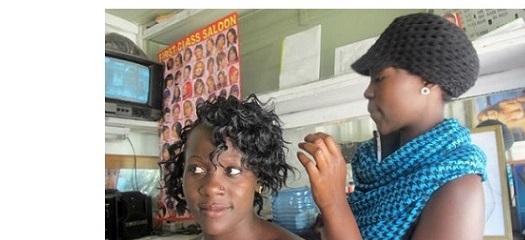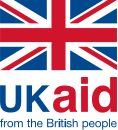Integrating young adults into the formal labour market is a major challenge facing Low Income Countries. High levels of unemployment, particularly among youth, have led many policymakers to advocate microfinance and other forms of credit market expansion. Empirical evidence on the overall impacts of expanding credit access and providing capital to entrepreneurs has, however, been decidedly mixed, particularly among women. In light of this evidence, we propose to conduct an impact evaluation of a new policy intervention: micro franchising. Micro franchising, which connects unemployed participants with businesses via multi-person franchises, is a recent policy innovation whose efficacy has not yet been convincingly demonstrated. Conceptually, a micro franchise has features in common with both a formal sector job and self-employment: while micro franchisees do not need to devise business models of their own, groups of micro franchisees work together with very little managerial supervision and considerable latitude for creativity.
We will carry out an endline evaluation of the first wave of the Girls Empowered by Micro franchise (GEM) Project in Nairobi. GEM, which is implemented by the International Rescue Committee (IRC), plans to reach 300 young women in three Nairobi neighbourhoods by the end of 2012. Each participant receives two weeks of business training before being trained by a large firm and set up as the operator of a micro franchise – either a food cart or a hair salon. After soliciting applications from young women in the three neighbourhoods, IRC worked with the Principal Investigators to randomize treatment assignments among eligible applicants. Hence, a small amount of funding will allow us to complete the first ever randomized evaluation of a micro franchising program.
In addition to measuring the effect of participation in the micro franchising program, this study has an important feature: it examines only the first of two waves of program roll‐out scheduled to take place in Kenya. In the proposed study of the first wave, we will gather data about the initial program participants’ experiences with both their own new businesses and their interactions with neighbouring businesses. This will enable us to design a better‐targeted data collection to accompany the second wave of program roll‐out, in which we will be able to monitor positive – and negative – partial equilibrium effects on neighbouring businesses.





